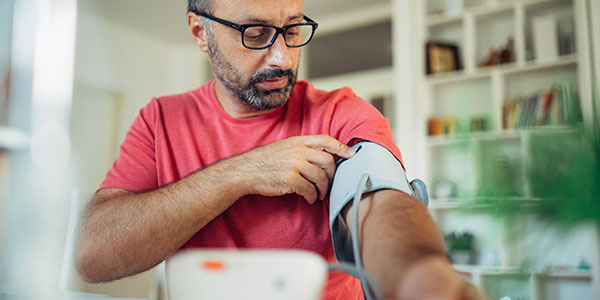You can’t feel high blood pressure. Known as “the silent killer,” it can have devastating effects in your body but is undetectable without using a blood pressure measuring device.
High blood pressure affects nearly half of adults in the United States and is a major risk factor for heart attack, heart failure, stroke and kidney disease.










